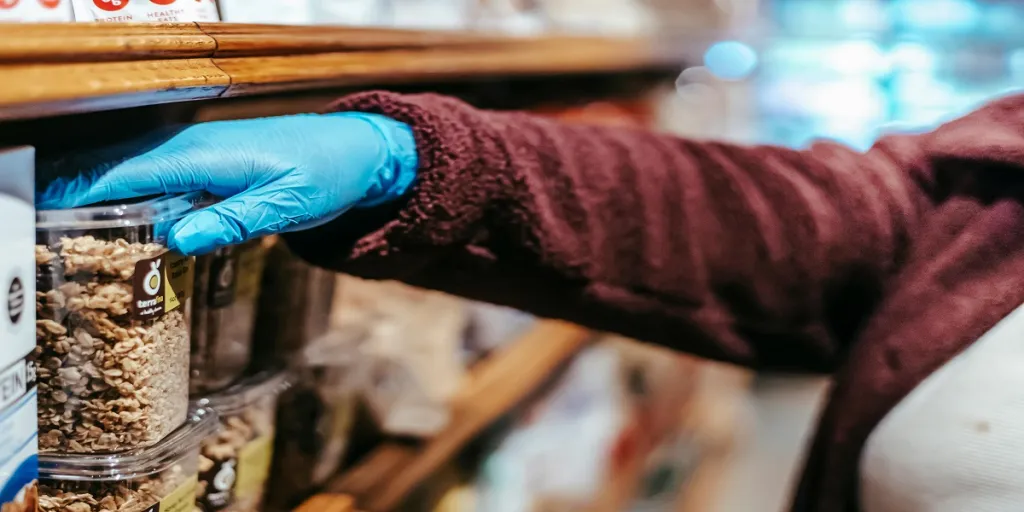It is no secret that the food industry is booming. With more and more consumers interested in fresh, natural foods, the demand for packaged and processed products is on the rise. The right plastic packaging machinery can make all the difference when it comes to packing food products. When selecting plastic packaging machinery, there are a few key factors to consider to ensure that products are properly protected and preserved. This article will explore a few of those key factors and help consumers to select the right plastic packaging machinery for their food products.
Table of Contents
Plastic Packaging machinery market outlook
The factors that need to be considered when selecting the machinery
The different types of machinery and their applications
The bottom line: Price, performance and quality
Plastic Packaging machinery market outlook
The global market for plastic packaging machinery is anticipated to expand at a compound annual growth rate (CAGR) of 4.1% from 2021 to 2028, reaching USD 59.24 billion in 2028, according to a study by GrandViewResearch. This growth is largely driven by the increasing demand for packaged food products and the need for more efficient and cost-effective packaging solutions.
The plastic food packaging industry is exploding, with no indication of slowing down. More and more people are turning to convenient, prepared meals as a way to save time and money. This trend is expected to continue, driving growth in the market for packaged foods.
The Asia-Pacific region is projected to be the largest market for plastic packaging machinery, due to the growing demand for packaged food products in countries such as China, India, and Japan. This region is also home to a large number of manufacturers of plastic packaging machinery.
The factors that need to be considered when selecting the machinery
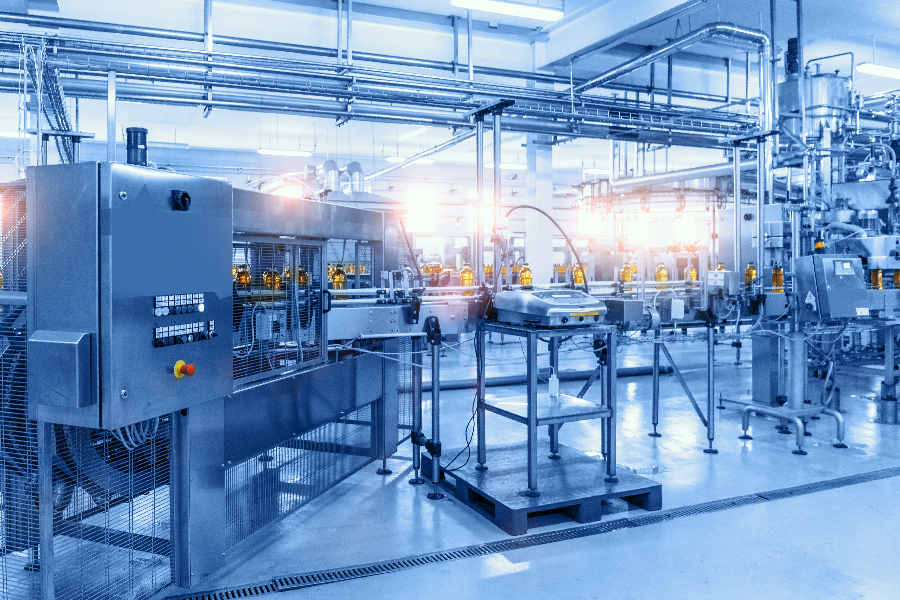
Nature of the product
The first step in selecting the right plastic packaging machinery for food products is to determine the nature of the product. Is it a liquid, a powder, or a solid? Each type of food product will require different packaging and, as such, different machinery. For example, a liquid product will need to be packaged in a container that can hold the liquid without leaking, while a powder will need to be packaged in a container that can be sealed tightly to prevent the powder from spilling.
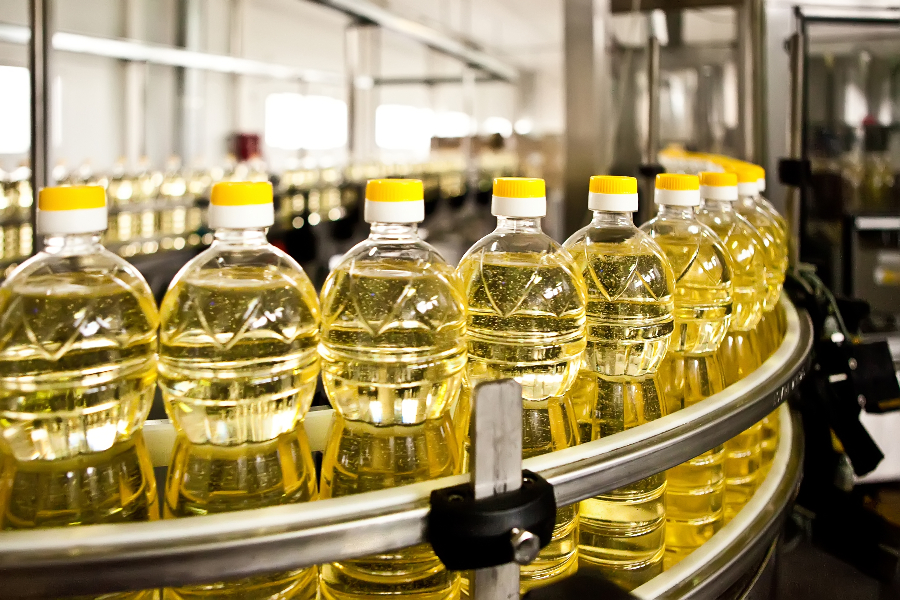
Packing speed
The second factor to consider is packing speed. How many food products will need to be packaged per minute? The answer to this question will help determine the type of packaging machinery that is best suited for consumers’ needs.
Budget
Generally, budget is the key determining factor for companies when they are picking out plastic packaging machinery. It is important to consider the cost of the machinery as well as the cost of the packaging materials that will be used.
Ease of operation
Another important factor to consider is the ease of operation. Companies will want to choose machinery that is easy to use and maintain. This will help to minimize downtime and keep costs low.
Flexibility
Finally, companies will want to consider the flexibility of the packaging machinery. They will need to decide if they need a machine that can package a variety of different food products or if they need a machine that is specifically designed for one type of product.
The different types of machinery and their applications
Blister packaging machines
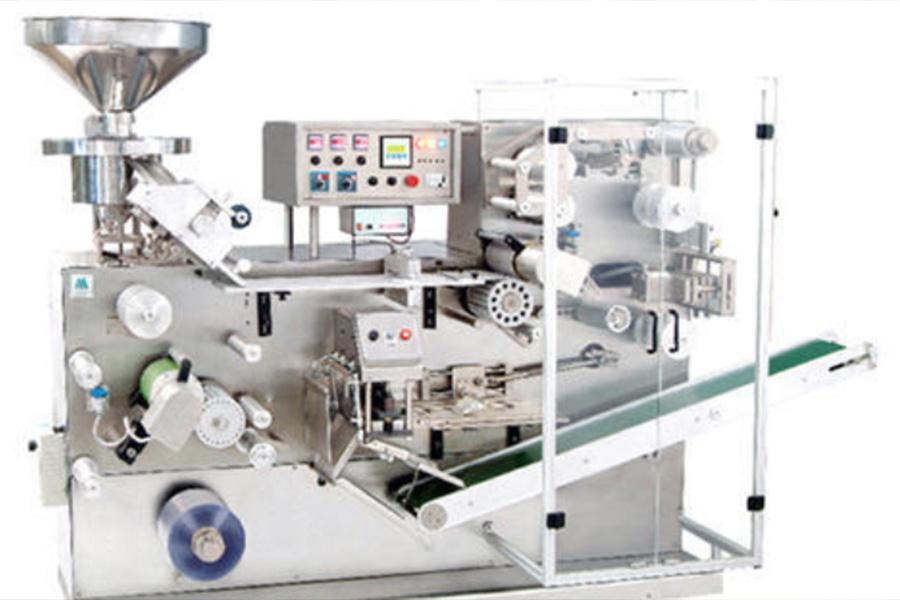
Blister packaging machines are used to package solid food products such as candy, cookies, and nuts. These machines typically have a heating element that seals the plastic packaging bags around the food product. The range of packaging speed is 10-30 packages/minute.
Advantages
- They are faster than manual packaging
- They are less expensive than other types of packaging machines
- They can package a variety of products
- They can be customized to meet the business needs
Disadvantages
- They can be noisy and produce a lot of vibration
- They can be difficult to operate and require regular maintenance
- They can be dangerous if not used properly
Wrapping machines
Wrapping machines are used to package various types of food products, including meat, cheese, and bread. These machines typically use a plastic film to wrap the food product. The range of packaging speed is 30-60 packages/minute.
Some of the most popular wrapping machines include:
- Heat sealers: These machines use heat to seal together two pieces of plastic film. Heat sealers are often used to package food items, as they create an airtight and watertight seal.
- Stretch wrappers: Stretch wrappers are used to wrap products in stretchable film. This type of machine is often used for wrapping large and/or heavy items, as the stretchable film provides extra support.
- Shrink wrappers: Shrink wrappers use heat to shrink a piece of plastic film around a product. This type of machine is often used for packaging food items, as the shrink wrap provides a tight and tamper-proof seal.
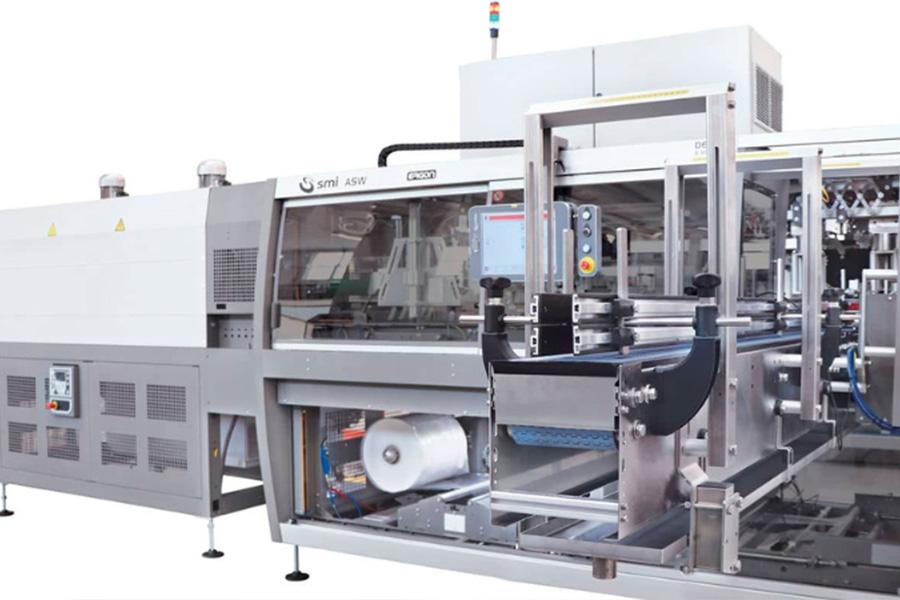
Advantages
- They provide a tamper-proof seal
- They can package a variety of products
- They are available in a variety of sizes and shapes
- Some wrapping machines can be automated
Disadvantages
- They can be expensive to purchase
- They require regular maintenance and upkeep
- They can be loud and disruptive when in use
- Some wrapping machines can be difficult to operate
Filling machines
Filling machines are used to fill plastic containers with various types of food products, including liquids, powders, and granules. These machines typically have a conveyor belt that carries the containers to the filling station. The range of packaging speed is 10-50 containers/minute.
Advantages
- They can be used to fill a variety of containers
- Some filling machines can be automated
Disadvantages
- They require regular maintenance and upkeep
- They can be expensive to purchase
- They can be loud and disruptive when in use
- Some filling machines can be difficult to operate
Vacuum packing machines
A vacuum packing machine is a type of packaging machine that removes air from the package and seals it tightly. This type of machine is often used to preserve food products. The range of speed for vacuum packing machines is 5-40 cycles/minute.
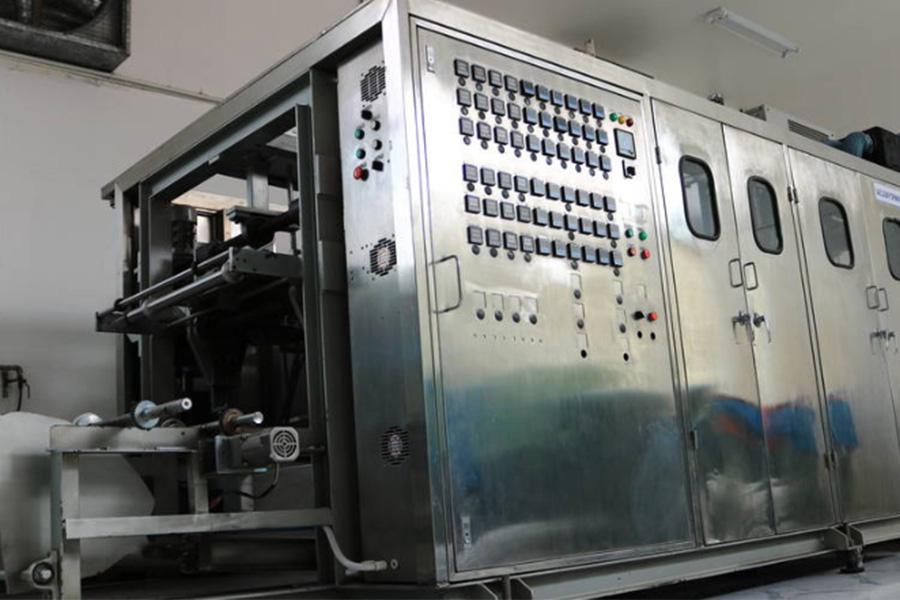
Advantages
- They can extend the shelf life of food products
- They can reduce the amount of freezer burn
- They can reduce the amount of spoilage
Disadvantages
- They can be more expensive than other types of packaging
- They require regular maintenance and upkeep
- They can be loud and disruptive when in use
Multi-function packing machines
Multi-function packing machines are used to package a variety of products, including food, beverages, and cosmetics. They offer a variety of functions, such as filling, sealing, wrapping, and labeling. The packing speed of the multi-function machine is determined according to the material and filling weight, generally reaching 150-250 packs/min. The machine is usually used for the packaging of puffed food, biscuits, candy, nuts and other products.
Advantages
- Less expensive per unit than other types of packaging machines
- Can perform multiple functions such as filling, sealing, and labeling
- Faster than manual packaging methods
Disadvantages
- Can be less reliable and require more maintenance than other types of packaging machines
- May not be able to package fragile items securely.
The bottom line: Price, performance and quality
When selecting machinery for food packaging, price, performance, and quality should all be considered. Machinery can vary in terms of the speed at which it operates, as well as the level of accuracy it achieves. It is important to select a machine that will meet business needs while also fitting into the budget. There are a variety of different types of machinery on the market, each with its own set of applications. Purchasing in bulk can often save money, as well as allow for customization of the machines to better suit business needs.
